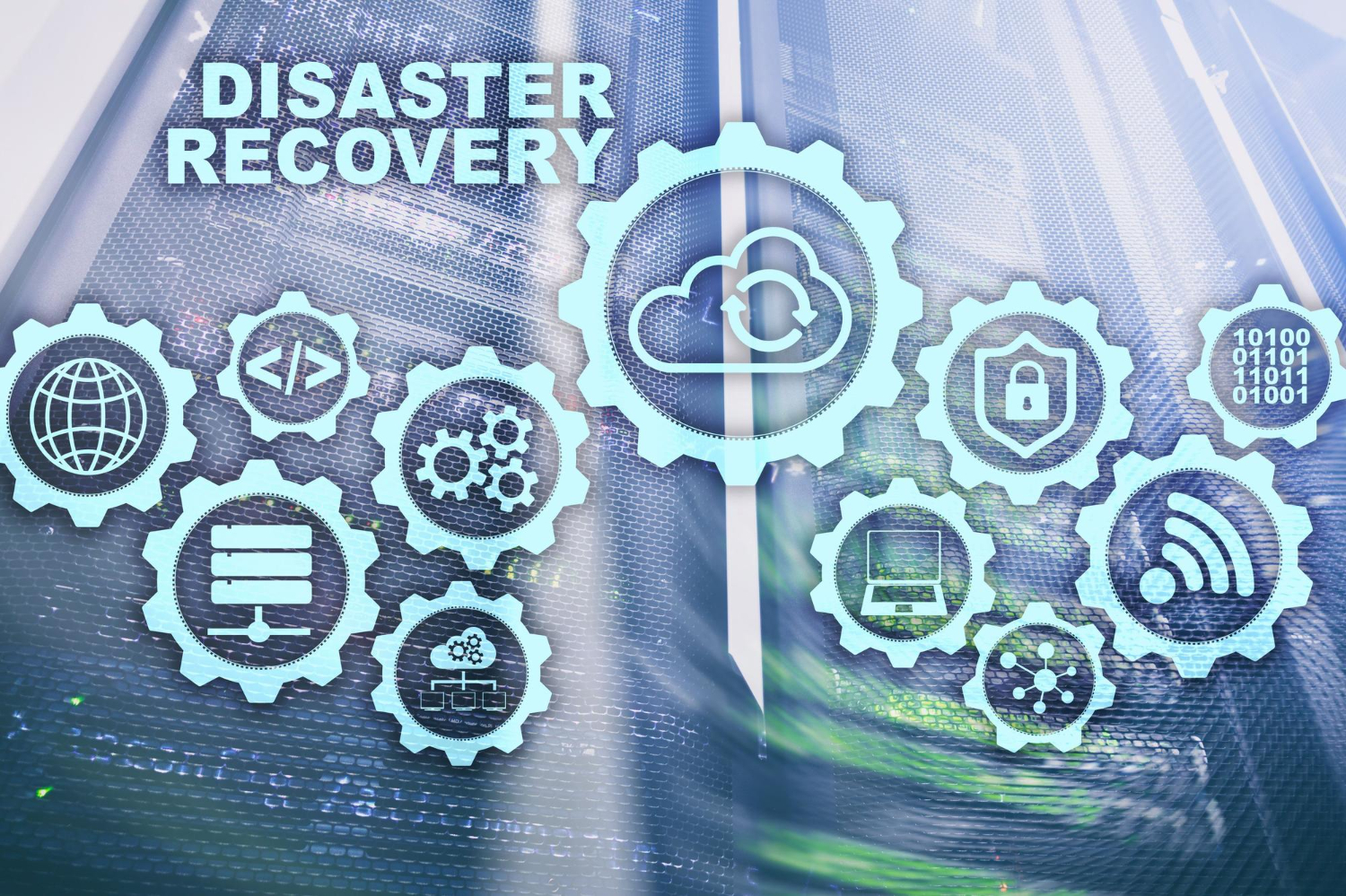Downtime is a common threat to businesses. It could happen because of a cyberattack, a natural disaster, or simple human error. Companies who plan for disaster upfront to reduce the effects of potential outages can avoid a lot of the unnecessary stress involved in recovery and save a lot of money.
Those that don’t have to scramble to get their business up and running while current and potential customers are left wondering what is happening. Not having a plan in place may cause lost revenue, a damaged reputation, and high stress levels for employees.
What is a Disaster Recovery Plan?
A disaster recovery plan is a documented process that outlines how an organization should respond to and recover from a disaster. It minimizes downtime and disruption to the business and ensures that critical functions can be resumed as quickly as possible.
The disaster recovery plan typically includes a variety of measures and procedures, including:
- Identification of vital systems, data, and infrastructure
- A risk assessment to find potential threats and vulnerabilities
- Recovery strategies for restoring critical resources in the event of a failure
- Regular testing and maintenance to ensure the plan is effective and up-to-date
- Communication and coordination with relevant stakeholders to ensure the smooth implementation of the plan
The Value of Planning for Disasters
Disaster recovery planning is extremely important because it helps organizations prepare for and mitigate the potential consequences of a disaster. With a disaster recovery plan, organizations can reduce downtime and interruption of their operations, which can reduce financial losses and damage to their reputation. Disaster recovery planning can also help organizations to comply with laws and regulations, which may require them to have contingency measures in place to protect sensitive data and ensure the continuity of critical functions.
Aside from the practical benefits, disaster recovery planning can also provide organizations with a sense of security and trust, knowing that they have a plan in place to handle unexpected disasters. This can help to reduce stress and uncertainty among employees and can facilitate a more orderly and effective response to a disaster.
The value of disaster recovery planning lies in its ability to help organizations protect their assets, maintain their operations, and safeguard their reputation in the face of unexpected events.
Why Disaster Recovery has Evolved
Today’s disaster recovery plans aren’t the same as those from a decade ago. In the past, companies only had to worry about physical systems in their in-house data centers crashing. Businesses just kept backups of their servers and replaced one when it went down. But cloud computing, SaaS, and technologically advanced cybercriminals made this old process obsolete.
Many businesses think that cloud computing services will take care of all your backup and recovery needs, and this is true to some extent. But depending on cloud services alone means trusting that all of your eggs will be safe in the same basket. You still need a plan for the worst-case scenario.
SaaS (Software as a Service) providers allow companies to add new features to their software stack without the time and cost of developing the software themselves, and most provide top-notch security.
Except when they don’t, like when SolarWinds was breached in 2020, and 18,000 of their customers installed malicious code.
Also, cybercriminals have stepped up their game in this new cloud-based IT environment. In the past, a laptop may get a virus or a worm, and prevention could be as simple as virus and malware protection. Today, however, cyberattacks begin on one device and can spread quickly to all the devices on a network within a few hours.
In this new environment, you need more to your disaster recovery plan than simple backups if you want to ensure business continuity.
How to Plan for Recovery
Planning for disaster involves identifying critical systems, data, and infrastructure, as well as conducting a risk assessment to identify threats and vulnerabilities. Based on this information, organizations can develop strategies to recover and restore these resources in the event of a disaster.
Having a disaster recovery plan in place can help to minimize downtime and disruption to operations, reduce financial losses, and ensure compliance with relevant laws and regulations. It can also provide a sense of security and confidence, knowing that the organization has a plan to deal with unexpected disasters.
To create an efficient disaster recovery plan, organizations should start by envisioning the worst-case scenario and determining the steps needed to rebuild their network from scratch. This should include an assessment of the technology and resources available for recovery, as well as the roles and responsibilities of various stakeholders. Finally, the plan should be documented in an easy-to-understand format and regularly tested and updated.
It is essential for businesses to pre-plan for disasters, as it can save them a lot of money. While it may not be possible to anticipate every scenario, covering the most common ones and considering the organization’s risk profile can help effectively manage the worst-case scenario’s consequences.
Begin Your Disaster Recovery Planning Today for a Better Future
No matter the size of your business, it could be affected by outages of all kinds. You could even say that smaller businesses may not have the finances to recover completely from major downtime, so it could even be more critical for them. Planning for disaster makes a recovery less stressful and will save your business money in the long run.
Robust Networks can help you evaluate your IT setup and give you the guidance you need to design the most effective disaster recovery plan so you are prepared for the future. Learn more by connecting with Robust Networks today.

